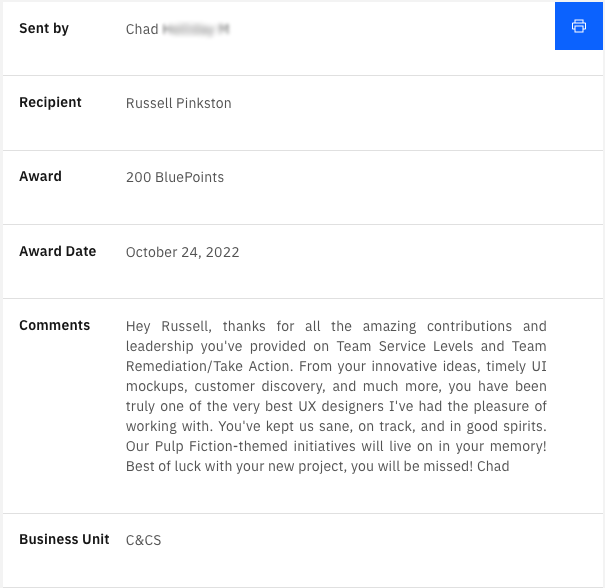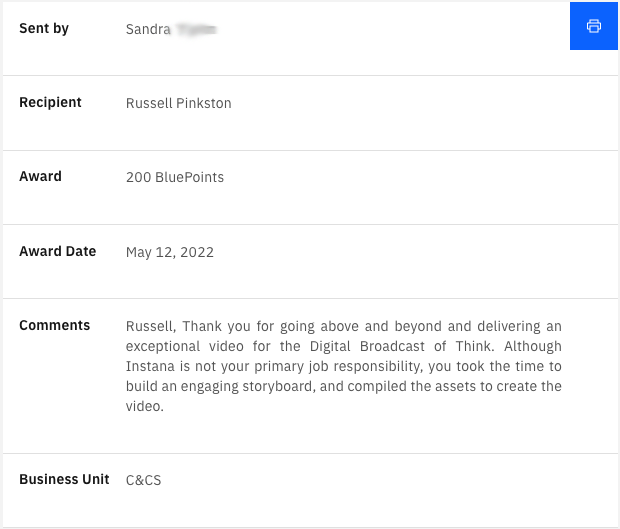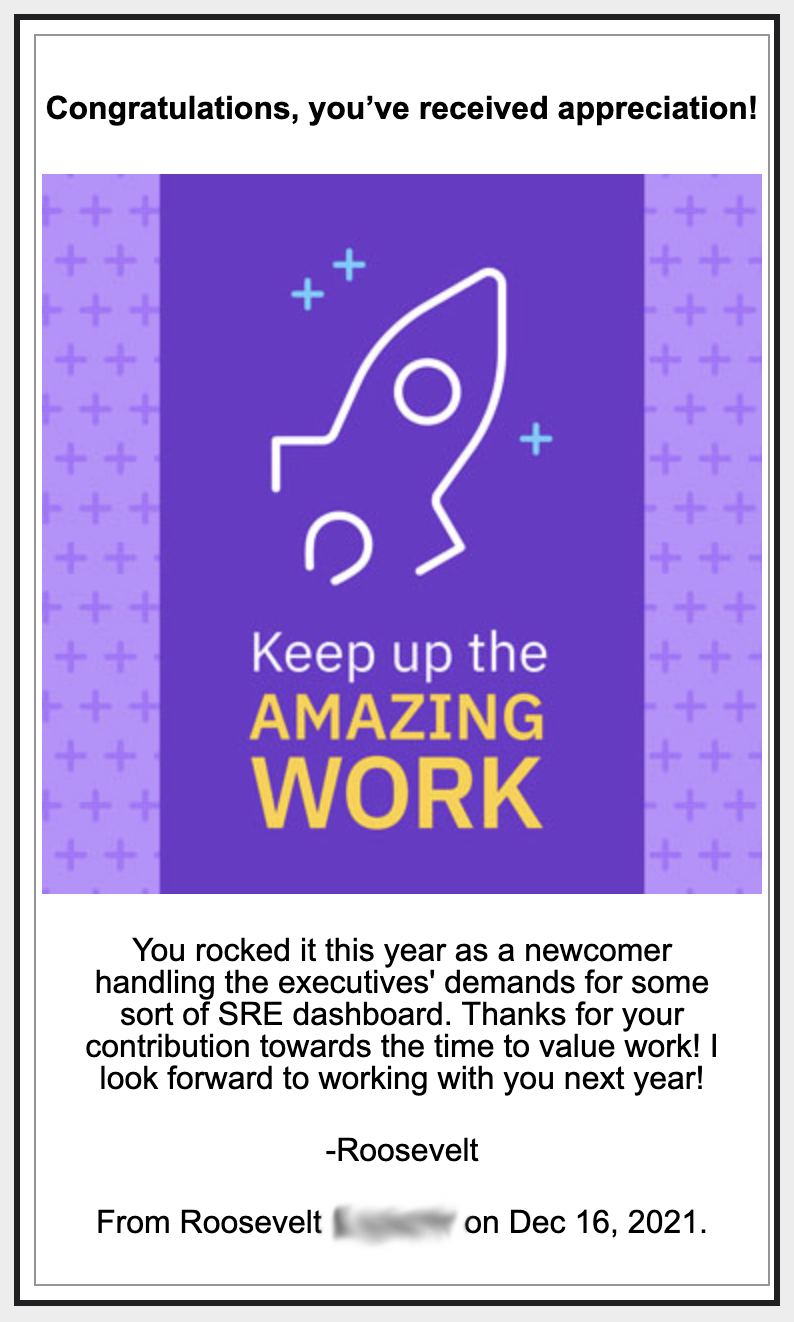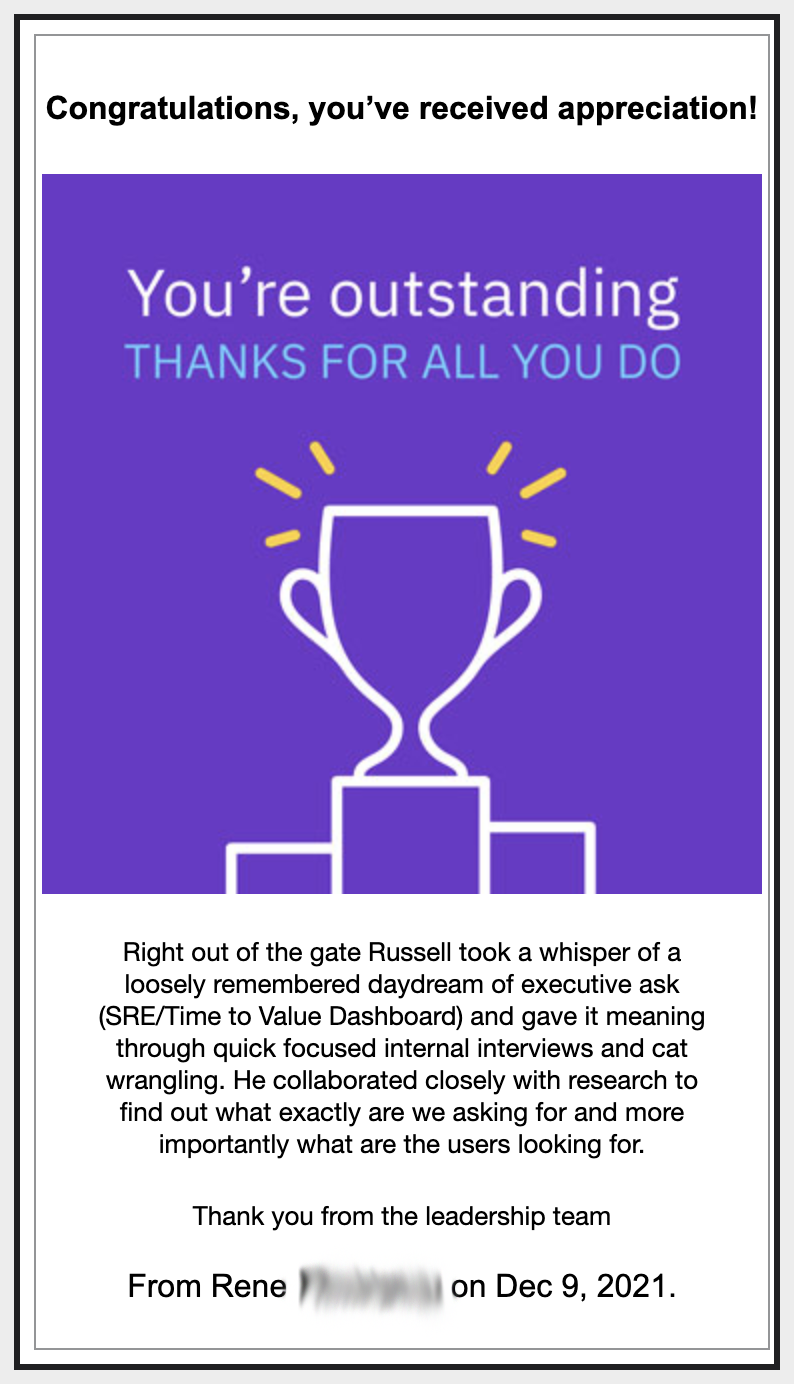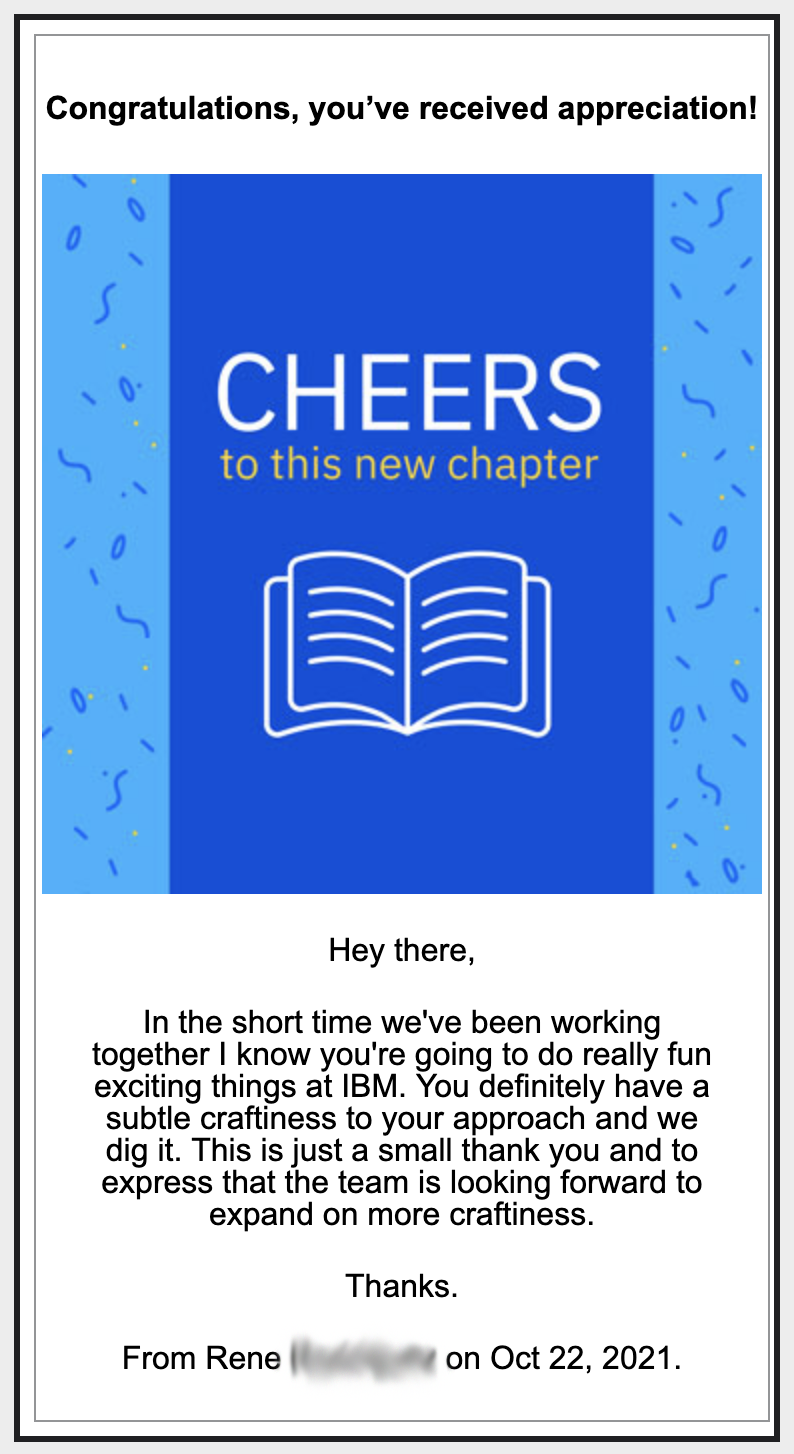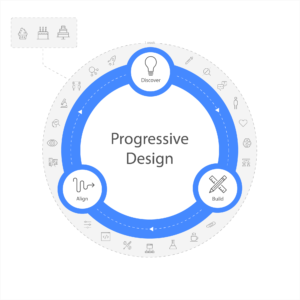UX
Method
“Solution” is a dirty word.
Much of design happens under tight deadlines with intense pressure from stakeholders, and designers are expected to quickly generate solutions to complex problems. But first attempts are almost never the best; they tend to be shallow and full of assumptions, and always present is the worry that you’re locked into a design that’s not any good. So, how can designers deliver the best solutions without getting trapped in their first attempts? The name of the game here is “agility.” The designer needs to be able to pivot their entire vision at a moment’s notice. This is not failure but progress, and good design comes from being able to experiment and learn.
When projects come under pressure, the first thing to break down is usually the process. Without a process, people panic and go off the rails. They forget about things like “discovery” and “empathy” and start throwing solutions at the wall to see what sticks. As a design lead at IBM, I struggled with this for years until I developed a simple process that allowed me to both deliver rapidly and remain agile. I call it “Progressive Design,” and it’s really more of an anti-method.
Progressive Design has only 3 stages: discover, build, and align. It’s like rapid prototyping but iterative (or progressive) and done collaboratively with stakeholders.
This is a super quick process–no more than a week or two for each cycle, but the cycle can repeat itself endlessly. In the discover phase, designers use whatever tools they have in their toolkit (maybe this means doing research, conducting interviews, or doing card-sorting or other activities with users). There’s no prescription here, and the situation should dictate the method. Then, build rapid prototypes of your ideas (this can be anything from whiteboard sketches to 3D models, whatever works to get the idea across to stakeholders). Finally, bring the entire team together to align on what you’ve built before repeating the process over and over. Don’t worry about pesky things like fidelity along the way–that will come naturally as you iterate–instead focus on the idea and how it evolves as you learn. The goal is to be creative in a way that progresses toward an end result.
Focusing on iterative prototyping puts teams into a collaborative state where everyone works in tandem. It allows designers to pull greater insights from stakeholders, and because everyone is involved at every stage (from interviewing users to building prototypes), this practically eliminates the hand-off lag between teams. Using this method, I have seen projects move from incubation to delivery in 1/3 of the time it would have taken otherwise.
Design is an art, not a science. There is no secret formula, no 12-step process that will produce good design every time. It’s about experimenting until you find the best solution. Progressive Design, at its core, is about minimizing the process so designers can have the freedom to do that experimentation without going off the rails. It removes the worry that a design may fail simply because it has already failed multiple times. It has progressed, through failure, into a solution.
UX Research
I use a broad range of methods in research, from building user personas and Aha! moments, to interactive co-design sessions with users. For me, as always, the situation dictates the method.

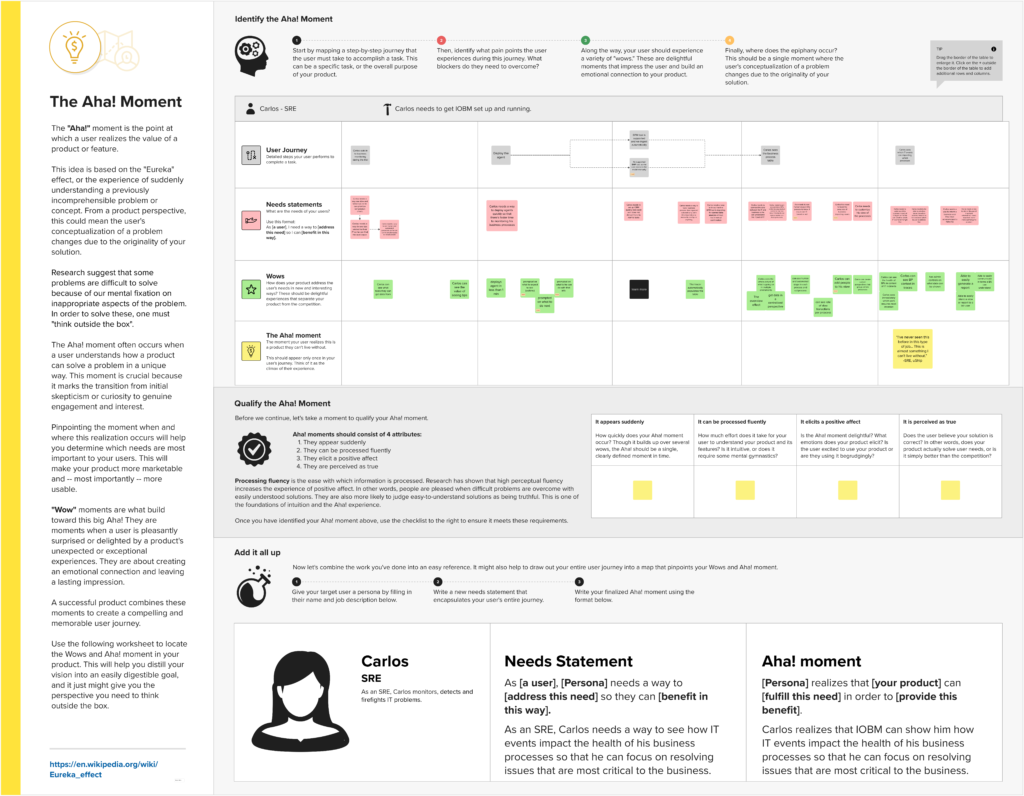
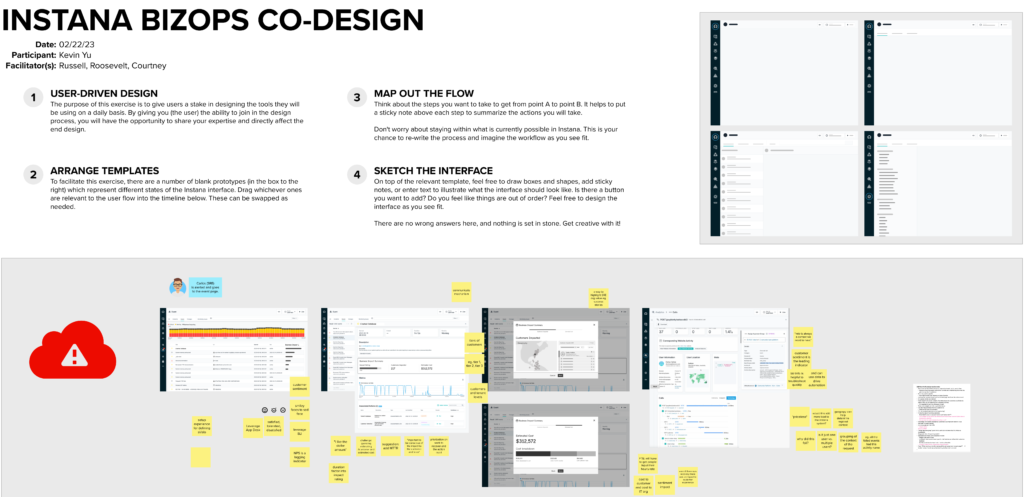
Prototyping
As a UX designer, I always work in the lowest fidelity possible. This allows for rapid experimentation and iteration. The more these designs are iterated, their fidelity naturally increases.
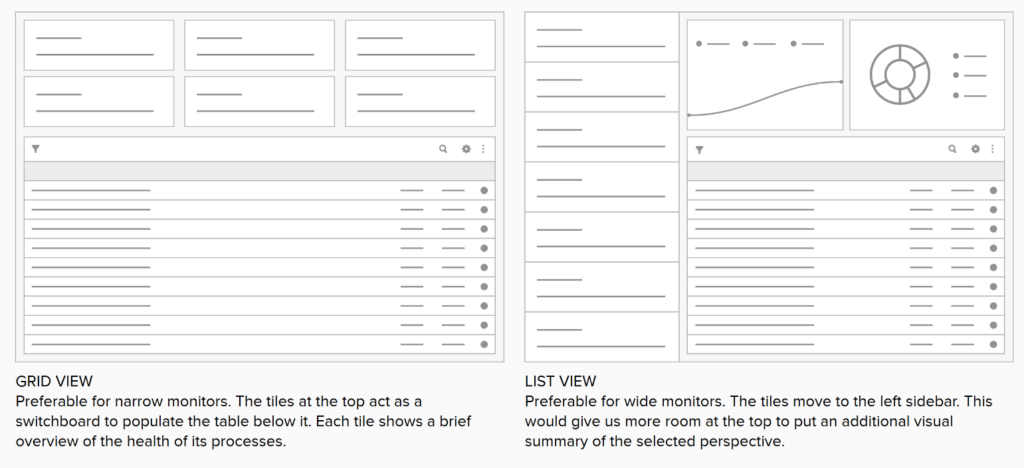
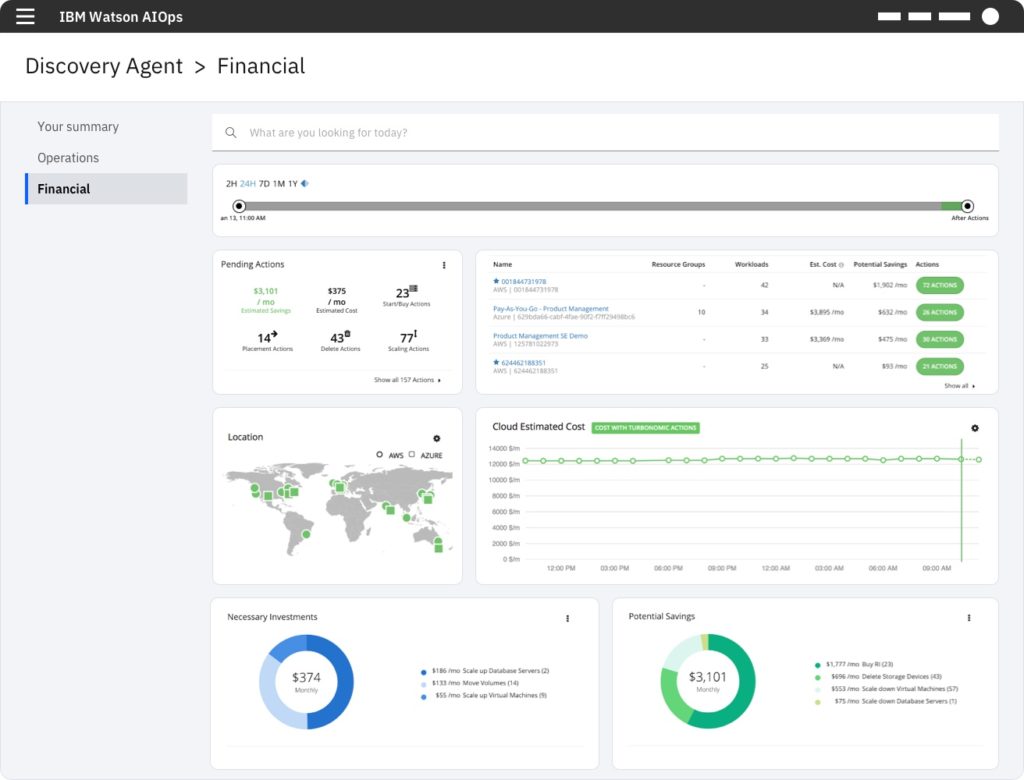
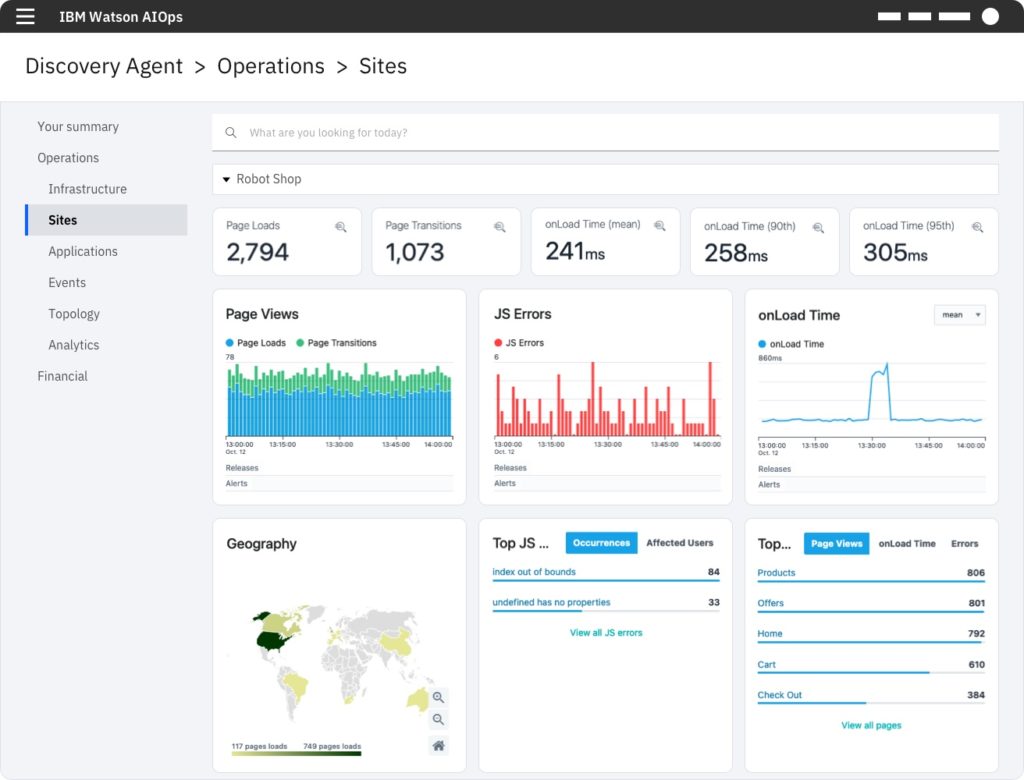
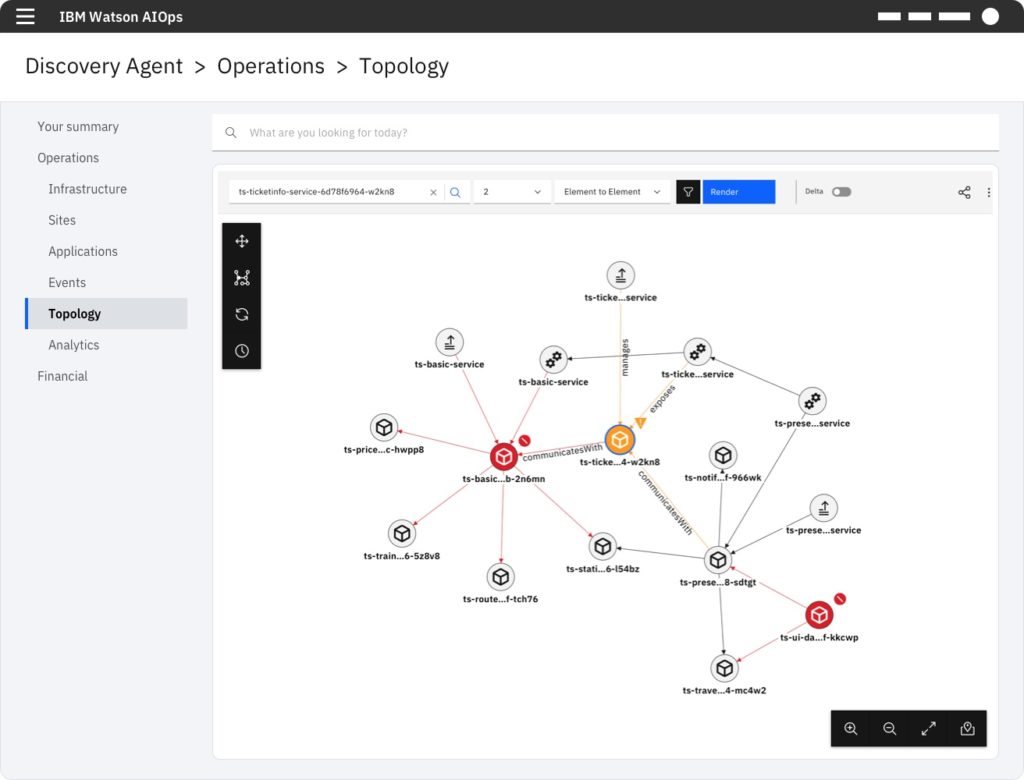
THINK 2022
I also have a background in video production. This is a video I created about Instana for IBM’s THINK conference in 2022.
Accolades

















